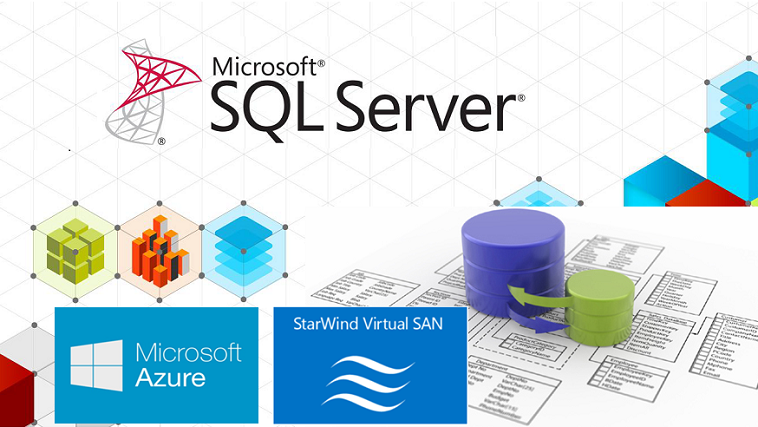Remote Desktop Service (RDS) has been improved in Windows Server 2016. RDS farm deployment has been simplified, especially for the Cloud. For example, you can now leverage Azure SQL to host the RD Broker database. This series of topics aims to show you how to deploy a high availability RDS farm in Microsoft Azure. I’ll describe how to deploy Microsoft ...
Read More »Extend Active Directory to Microsoft Azure
Extend Active Directory to Microsoft Azure is a common scenario when you implement hybrid cloud. For example, protected VM with Azure Site Recovery may need access to Active Directory even if On-Premise datacenter is unreachable. You can also extend your Active Directory to Azure when you use production workloads in Azure VM to avoid to implement a new forest or ...
Read More »Deploy highly available IaaS service in Azure Resource Manager
When you deploy production VMs and so production services in Azure, you often want high availability. Sometimes Microsoft makes operations in Azure Datacenter that can impact the availability of your service. Some prerequisites are required to have a 99,95% SLA on VMs in Azure. Moreover, you may need some load-balancers to route the traffic to healthy servers and to spread ...
Read More »Getting started with Azure IaaS in Resource Manager
In November 2015, Microsoft has released for everyone the new Azure portal based on Resource Manager (ARM). Resource Manager is a new way to deploy and manage resources in Azure. Deployed resources will be arranged in resource groups to ease the lifecycle of the application and the resources in the same resource group. Thanks to ARM, we can deploy applications, ...
Read More »Deploy MySQL resource provider in Azure Stack TP1
Microsoft has released Azure Stack in the end of January. Then not long after, Microsoft published PaaS resource provider for MySQL, SQL Server and Web Apps. These resource providers enable to host web-based applications as web site and their databases. In this topic we will see how to deploy MySQL resource provider to host MySQL database. To follow this topic, ...
Read More »Protect Hyper-V VM in Microsoft Azure with Azure Site Recovery
Azure Site Recovery is a Microsoft Azure feature that enables you to replicate virtual machines (VM) from one site to another and orchestrate the failover in case of disaster. It is a great tool to implement a Disaster Recovery Plan (DRP) for your Hyper-V or VMware VM or for physical machines. There are several scenarios available with Azure Site Recovery ...
Read More »Issue when deploy AzureStack Technical Preview 1 only on SSD
The last week-end, I have deployed AzureStack Technical Preview 1 on my lab server that has only SSD. When the deployment was finished, I checked the Storage Spaces and I saw that the available space on each SSD was 31,5GB instead of 512GB. In Storage Spaces Direct, there is a cache mechanism. This cache mechanism takes all the available space ...
Read More »Create an offer, a plan and get a subscription in Azure Stack Technical Preview 1
In a last topic, I have explained how to deploy Azure Stack Technical Preview 1. Now that Azure Stack is deployed, offers and plans have to be created in order to a tenant can be able to get a subscription. In this topic, I will detail how to create an offer and a plan. Then a tenant will get a ...
Read More »Deploy Azure Stack Technical Preview 1
Azure Stack Technical Preview 1 has been released by Microsoft this January, 29th 2016. Azure Stack brings Microsoft Azure technologies in your Datacenter. The user experience of Azure Stack is the same as the new Microsoft Azure portal. Moreover, you can use the same JSON template in Microsoft Azure and Azure Stack to deploy Azure resources (for further information about ...
Read More »SQL AlwaysOn FCI in Azure IaaS Cloud with StarWind Virtual SAN Solution
1 – Introduction This article explains how to deploy an SQL AlwaysOn FCI in Azure IaaS Cloud in SAN-less mode (without Shared Storage like SAN, NAS …) with StarWind Virtual SAN solution. StarWind Virtual SAN allows to present Shared Volume to a WSFC Cluster from two or more nodes without physical shared storage solution (SAN, ...
Read More »








